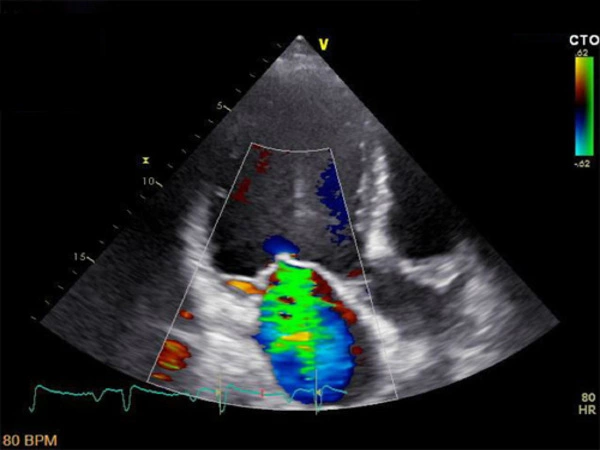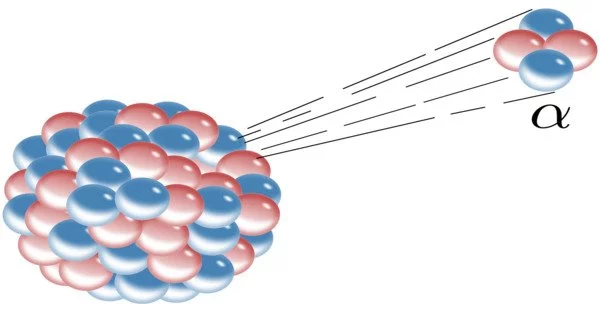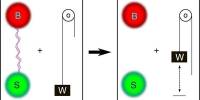Radiation is energy carried by waves or a particle stream. Radiation damages the genes (DNA) in cells. Genes regulate cell growth and division. When cancer cells’ genes are damaged by radiation, they are unable to grow and divide. The cells die over time. Radiation can thus be used to kill cancer cells and shrink tumors.
The gold standard simulation method used to calculate the interaction of ionizing radiation with matter and estimate the radiation dose delivered to a target organ, Monte Carlo simulation, is pitted against an alternative analytic method, the Loevinger formula, in a new article.
Using beta radiation to treat superficial skin tumors, especially those located above cartilage or bone, can help protect sensitive structures during treatment.
However, the use of short-range beta radiation in cancer treatment is not without drawbacks, particularly when it comes to measuring radiation exposure – dosimetry. When experimental dosimetry is not possible, researchers use simulations and calculations to study the interaction of ionizing radiation with matter and estimate the radiation dose delivered to a target organ.
We measured the dose of a treatment applicator using mathematical techniques – a simple technique, no experiment needed and no practical challenges. The comparison of MC simulation and Loevinger formula on the setup of our research was the novelty of our study.
De Paiva
A new paper published in EPJ Plus and authored by Eduardo De Paiva, from the Division of Medical Physics at the Institute of Radiation Protection and Dosimetry, Rio de Janeiro, Brazil, and his colleagues, pits the gold standard of simulation techniques – Monte Carlo (MC) simulation – against an alternative analytic method, the Loevinger formula.
“We measured the dose of a treatment applicator using mathematical techniques – a simple technique, no experiment needed and no practical challenges,” De Paiva says. “The comparison of MC simulation and Loevinger formula on the setup of our research was the novelty of our study.”
The cell cycle phase is important because usually radiation first kills the cells that are actively dividing. It doesn’t work very quickly on cells that are in the resting stage (G0) or are dividing less often. The amount and type of radiation that reaches the cell and the speed of cell growth affect whether and how quickly the cell will die or be damaged. The term radiosensitivity describes how likely the cell is to be damaged by radiation.

Nonexperimental dosimetry techniques, such as MC simulation, have the advantage of being able to handle different geometries and materials; however, MC simulations require a lot of computation, which can make them difficult to implement.
Analytic methods are a subset of beta radiation dosimetry techniques that produce results faster than MC methods. Historically, these methods have been less popular due to their lower accuracy.
For dosimetry of radiation dose from a multiwell skin brachytherapy applicator with two beta sources, the team used MC simulation and analytical calculation (the Loevinger formula). The results of the two approaches were compared to determine the analytical method’s accuracy.
“The Loevinger formula, which is a quick method for dosimetry showed a good agreement with gold standard Monte Carlo methods,” Paiva concluded. “Thus, the Loevinger formula can be used, as the basis of a dosimetry software, for straightforward dosimetry of beta sources in simple geometries.”
Radiation does not always instantly kill cancer cells or normal cells. It may take days or even weeks of treatment for cells to begin dying, and they may continue to die for months after treatment has ended. Tissues that grow quickly, such as skin, bone marrow, and intestinal lining, are frequently affected right away. Nerve, breast, brain, and bone tissue, on the other hand, exhibit delayed effects. As a result, radiation treatment may result in side effects that are not apparent until after the treatment is completed.
















